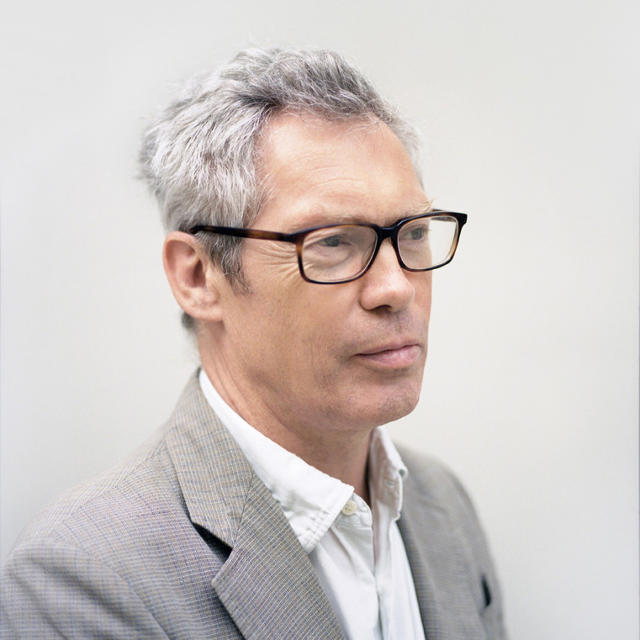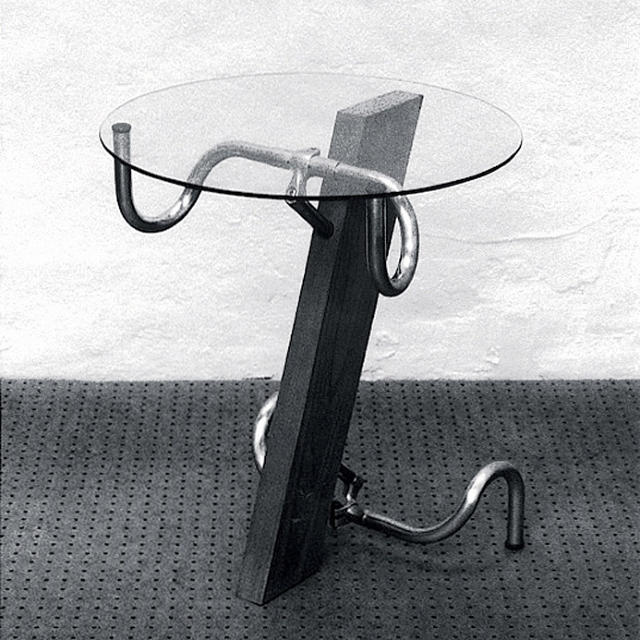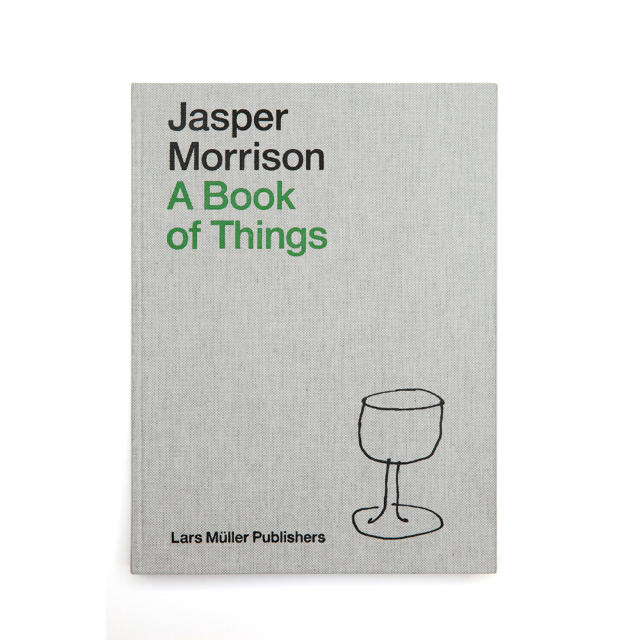Over the course of his 35-year career, the brilliant British designer Jasper Morrison has created everything from alarm clocks to furniture and kitchenware and has collaborated with a number of brands including Alessi, Cappellini, SCP, Muji, and Sony, to name a few. Every piece he makes reflects an acute attention to construction and materials; nothing feels overdesigned. His first-ever retrospective, hosted by the Centre d'Innovation et de Design au Grand-Hornu brings these objects together to offer an in-depth look at his vision and the breadth of work his studio has produced.
Morrison titled the exhibition "Thingness," which he says is "the quality that makes a thing good at what it does." (He also has an accompanying monograph out from Lars Müller called A Book of Things.) To produce the installation, he revisited his archive of documents, prototypes, and sketches. "I enjoyed appreciating the consistency of my work over all those years and seeing that even the early work had something, though I was just beginning," he says of the process. We emailed him a few questions to learn more.

Co.Design: How has your perspective and sensibility changed over the past 35 years?
Jasper Morrison: Not much, it's a little less poetic and a bit more realistic these days.
What is the first thing you ever designed?
The Handlebar table in 1983.
What is your daily work routine like?
It varies a lot as I am often traveling, and I have offices in London, Paris, and Tokyo. The closest I have to a routine is in Tokyo, where I spend the most time. I prefer to have the morning to be out and about and do any small things I need to do, like go to the post office or to the bank or to buy a book. I start work after lunch and work to 7 p.m.
What is your biggest challenge as a designer?
Maintaining a healthy interest in the subject.

What's your most prized possession?
One of them is a Le Corbusier wooden box I bought several years ago from the Paris furniture dealer Philippe Jousse. They were made for the Maison du Brésil, a kind of cultural center by Le Corbusier for his Cité Universitaire in Paris.
What is the worst job you've ever taken, and what did it teach you?
Lighting the very difficult fire in an antique shop in London as a teenager. The fireplace was difficult and the owner of the shop was a bad-tempered monstress. It taught me to find out how to get things right as quickly as possible!
If you weren't a designer, what would you be?
I might be still working in the antique shop.

What is the biggest challenge facing the world that design can help solve?
The lack of common sense in dealing with its problems.
How is our increasing acceptance and use of technology changing how industrial designers approach product design?
It's been about 15 years since I gave away my drawing board (which I regret) and we do things in 3-D on computers these days. We are considerably more efficient and precise, and we are able to have much more control over the finished article, which, thanks to the on-screen editing process, is a much more refined result than it used to be. We also work much faster than before. It requires an effort to keep a grip on reality but otherwise it's a huge advance.
"Thingness" is on view at the Centre d'Innovation et de Design au Grand-Hornu until September 13, 2015.